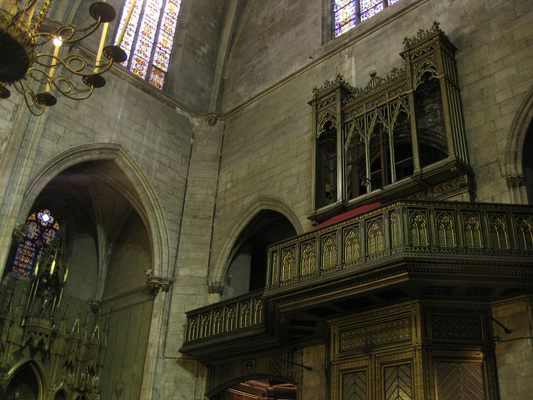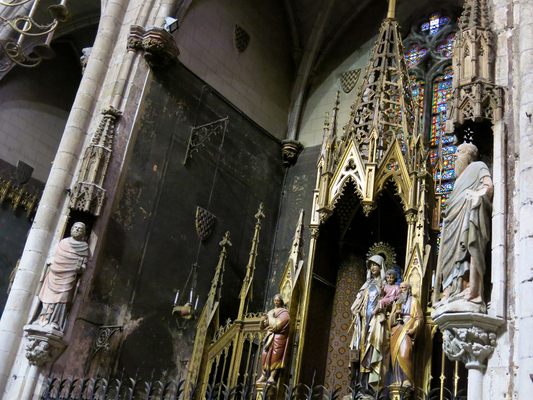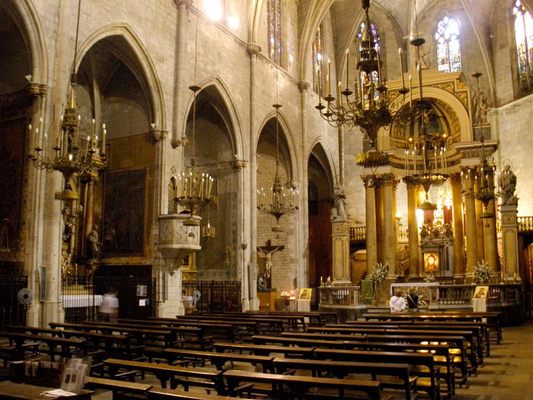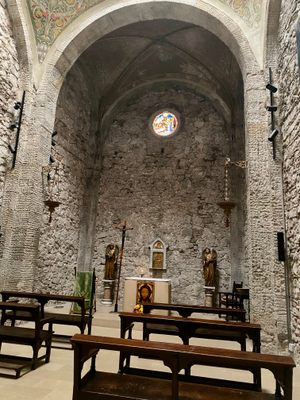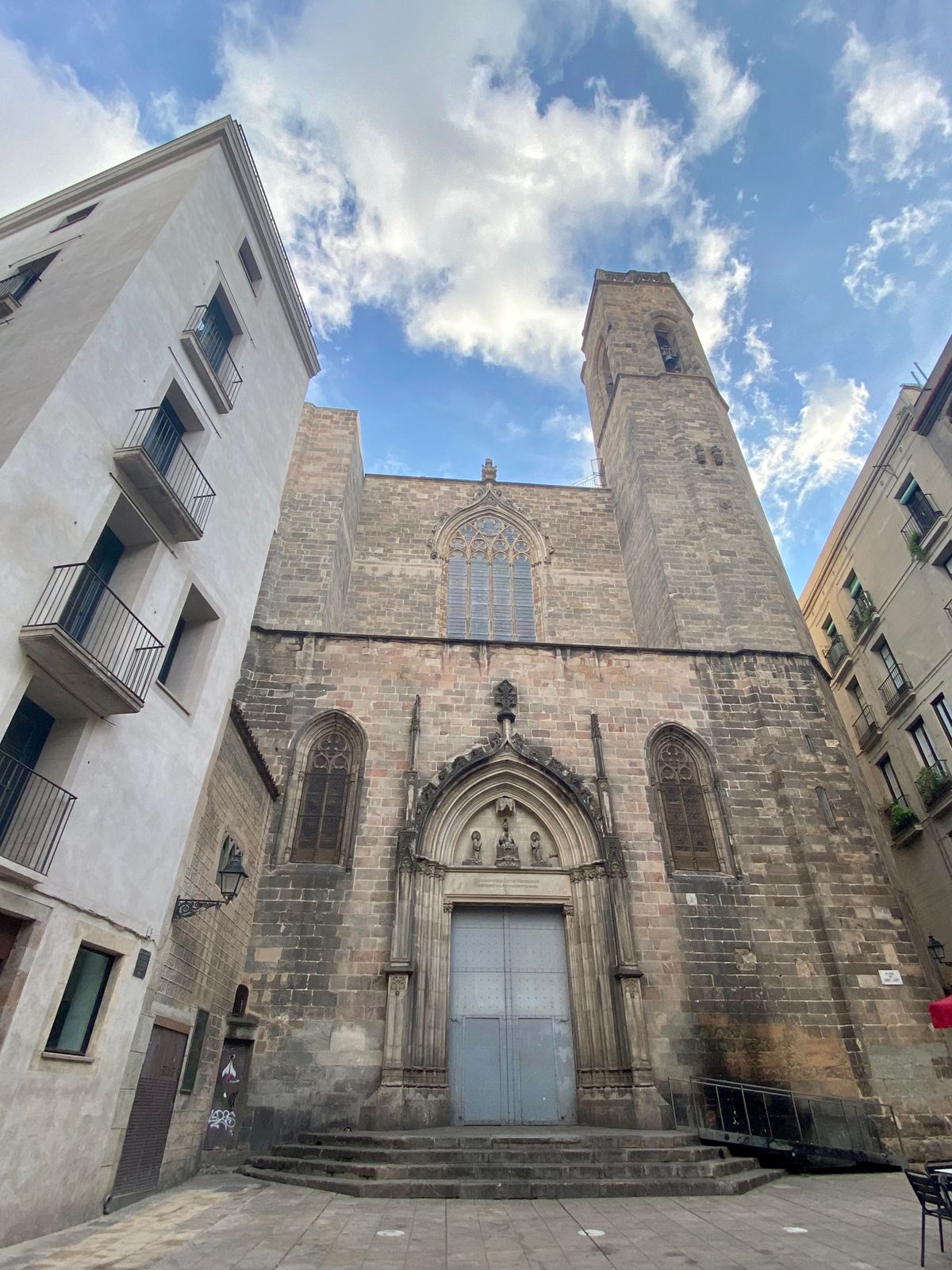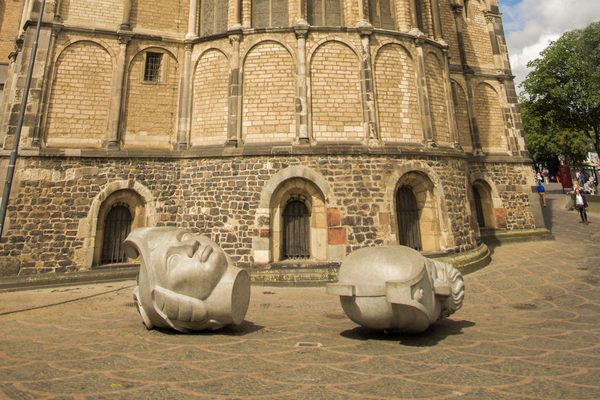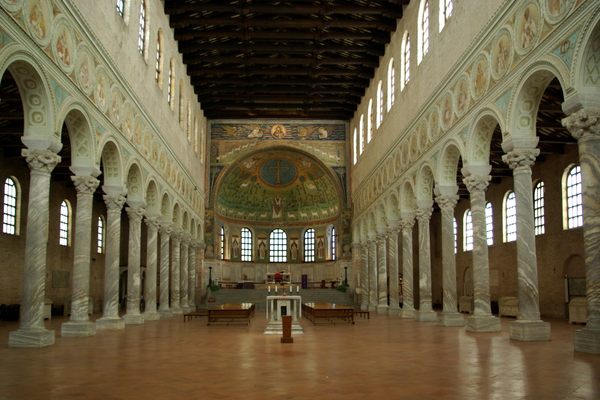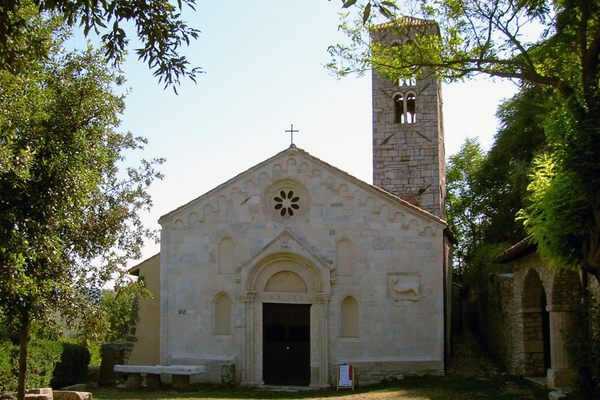About
The Basilica of the Martyr Saints Justus and Pastor may be the oldest church in Barcelona. The current Gothic structure was built around 1342, but it's believed that a Christian church has sat on this site since 300 CE, and that even before that it was a place of pagan worship.
It's believed this ancient church may have originally been a shrine to Castor and Pollux, twin figures of Greco-Roman mythology. As Barcelona became a Catholic city over the centuries, the twins may have evolved into or been conflated with Justus and Pastor, two Christian boys beheaded by the Roman Emperor Diocletian for refusing to deny their faith in 304 CE.
The relics of the boy martyrs are now venerated at the Barcelona basilica, which is offered up to them and "La Moreneta," the Black Madonna. She is the patron saint of Catalonia, and is also believed by some to be based on an ancient source, the Egyptian goddess Isis.
The clashing architectural styles of the church are a result of its long history. Romanesque, Gothic, Renaissance, Baroque, and Neolassical elements all mingle to create a unique atmosphere outside of time and place. It was promoted to the rank of minor basilica by Pope Pius XII in 1946.
Interestingly, the Basilica also held significant political power. After retaking Barcelona from the Moors in 801, King Louis the Pious declared that a last will and testament made by any king inside the church was a legally binding document. This was later extended to anyone inside the church, and was not repealed until 1991. Combatants preparing to duel would also swear on a Bible in the basilica that they would fight fairly. If one of the fighters was Jewish (as much of the city's population was at one point), the church provided a copy of the Ten Commandments for them to swear upon.
Related Tags
Know Before You Go
Open daily 5-8pm.
Community Contributors
Added By
Published
February 13, 2017
Sources
- http://morbidanatomy.blogspot.com/2014/05/the-altar-of-souls-in-purgatory.html
- https://catholicbarcelona.com/2014/03/01/sants-just-i-pastor/
- https://www.lonelyplanet.com/spain/barcelona/attractions/esglesia-de-sants-just-i-pastor/a/poi-sig/375161/1320690
- http://www.barcelonaturisme.com/wv3/en/page/1209/church-of-sants-just-i-pastor.html
- http://kespwriting.blogspot.com/2016/06/hist-myth-hidden-treasure-in-barcelona.html




